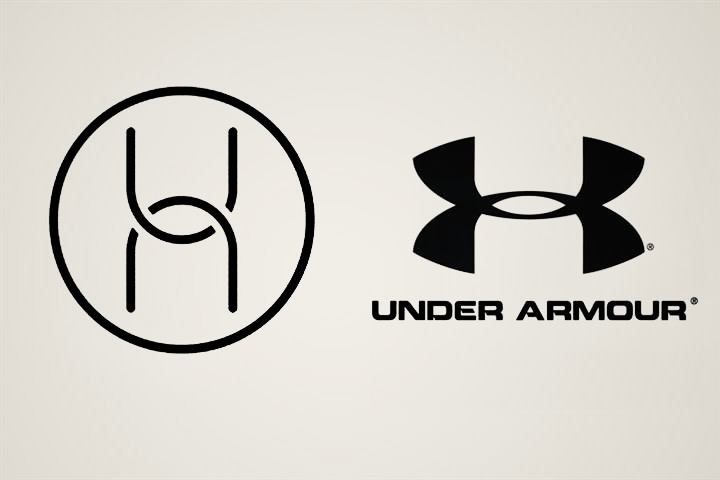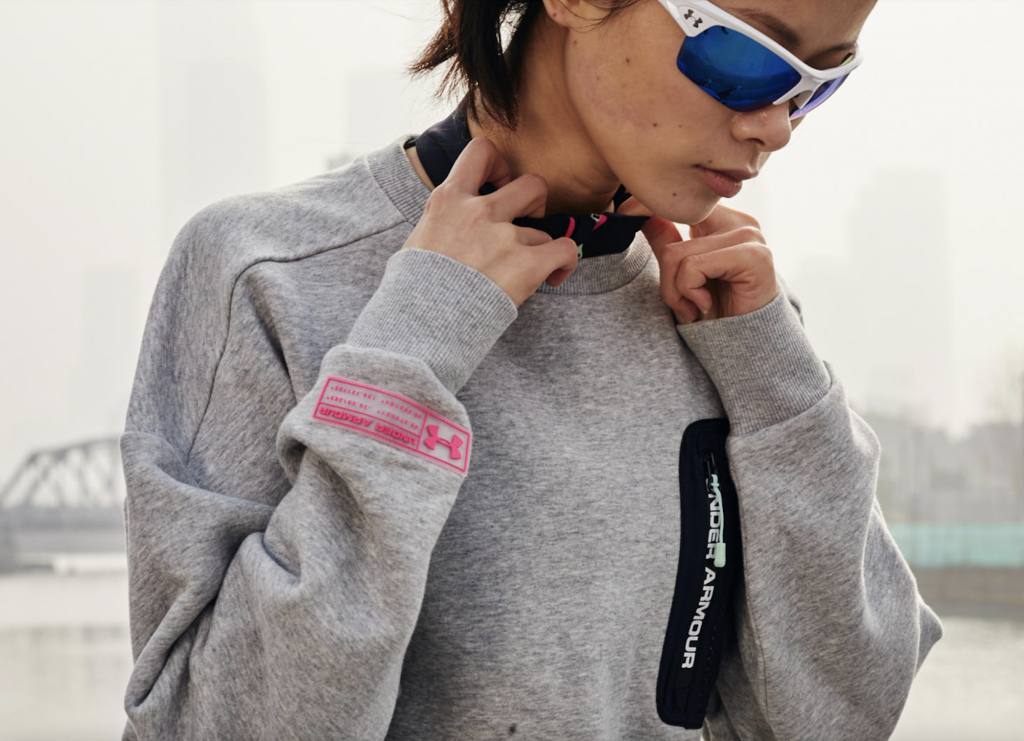Chanel made headlines in April when the European Union General Court handed down a decision in the trademark case that pitted its double “C” logo against one of Huawei’s marks. Siding with the Chinese tech behemoth, the General Court determined that while the two parties’ marks do, in fact, “share certain characteristics, namely a black circle [and] two interlaced curves, which the circle surrounds,” they are ultimately “visually different” and thus, there is little risk that the relevant public will be confused about the source of products or services bearing Chanel’s double “C” logo versus those branded with Huawei’s interlocking “H” and “U” mark, which the company filed to register with European Union Intellectual Property Office in 2017 for use on computer hardware and software programs, prompting Chanel to call foul.
It turns out that Chanel is not the only Western company whose trademark has caused contention for Huawei. In response to the trademark application that Shenzhen, China-headquartered Huawai filed to register the same mark in China back in September 2017 for use on smartphones and smart watches, as well as network communication equipment, the China National Intellectual Property Administration (“CNIPA”) was quick to point out the similarity with another existing mark: the logo used by sportswear company Under Armour. As a result, the CNIPA allowed Huawei’s application to move forward in the registration process, albeit only in connection with smartphones and network communication equipment. The other goods/services, including smart watches, were struck from the application for being too close to the ones already being offered up by Under Armour, and thus, likely to cause consumer confusion.
In response, Huawei unsuccessfully sought intervention from Beijing Intellectual Property Court in a quest to overturn the CNIPA’s rejection of the other goods/services, with the court finding that the two parties’ graphic trademarks have “similar design styles and overall visuals,” and thus, upholding the determination of the CNIPA. Undeterred, Huawei appealed to the Beijing Higher People’s Court, which ultimately ruled in its favor last month, according to China-focused IP firm Rouse.

Setting the stage in its June 17 decision, Beijing Higher People’s Court initially distinguished between the two companies’ primary operations, stating that Huawei is predominately engaged in the business of communication, computer, mobile wearable devices, and artificial intelligence, while Baltimore, Maryland-based Under Armour is a sports equipment company that manufactures sports apparel, athletic shirts, shoes, and accessories. Just as their core business offerings differ, the court found that the parties’ trademarks, themselves, are not identical, and in fact, consist of “different composition concepts and design styles,” as well as different “thicknesses.” As a result, the two marks are likely to present a different “overall appearance” to the relevant public.
With that in mind, the Beijing Higher People’s Court held that the two marks “do not constitute similar trademarks, and thus, the original judgment and the decision of the CNIPA are improper,” while “the relevant grounds of Huawei’s appeal are valid and should be supported.” The matter will now go back before the CNIPA.
As for the status of the Chanel case, the EU General Court held in April that the EUIPO’s Board of Appeal was correct in finding that Chanel and Huawei’s marks “are dissimilar overall and that, accordingly, the [Chanel’s] opposition had to be rejected.” The court asserted that “in so far as the signs at issue are not similar, the other relevant factors for the global assessment of the likelihood of confusion cannot under any circumstances offset and make up for that dissimilarity and therefore, there is no need to examine them.” In siding with Huawei, the court paved the way for the Chinese company’s mark to proceed in the registration process with the EUIPO, assuming, of course, that Chanel does not appeal to the Court of Justice, which is a possibility but does not appear to have happened yet.
In the wake of the latest development of the Chanel v. Huawei case, Chinese media reported that netizens were celebrating Huawei’s win on social media and mocking Chanel for initiating the trademark spat in the first place. “On Chinese social media, the response to the news has largely hinged on nationalism-fueled celebration tied to Huawei’s identity as a homegrown brand,” SupChina reported in April.
Such “nationalistic sentiment can be a powerful consumer force in China,” the publication’s Jiayun Feng stated, noting that “Huawei has embraced the image of a patriotic icon suffering unfair treatment on the global stage.” The 34-year-old tech company served as the poster child of the Trump administration’s war on Chinese “intellectual property theft,” with Huawei – which holds the title of the world’s largest telecommunications equipment manufacturer – and two of its U.S. subsidiaries being charged by the Department of Justice in February 2020 with conspiracy to “steal trade secrets stemming from the China-based company’s alleged long-running practice of using fraud and deception to misappropriate sophisticated technology from U.S. counterparts,” and thereby, running afoul of the Racketeer Influenced and Corrupt Organizations Act.











